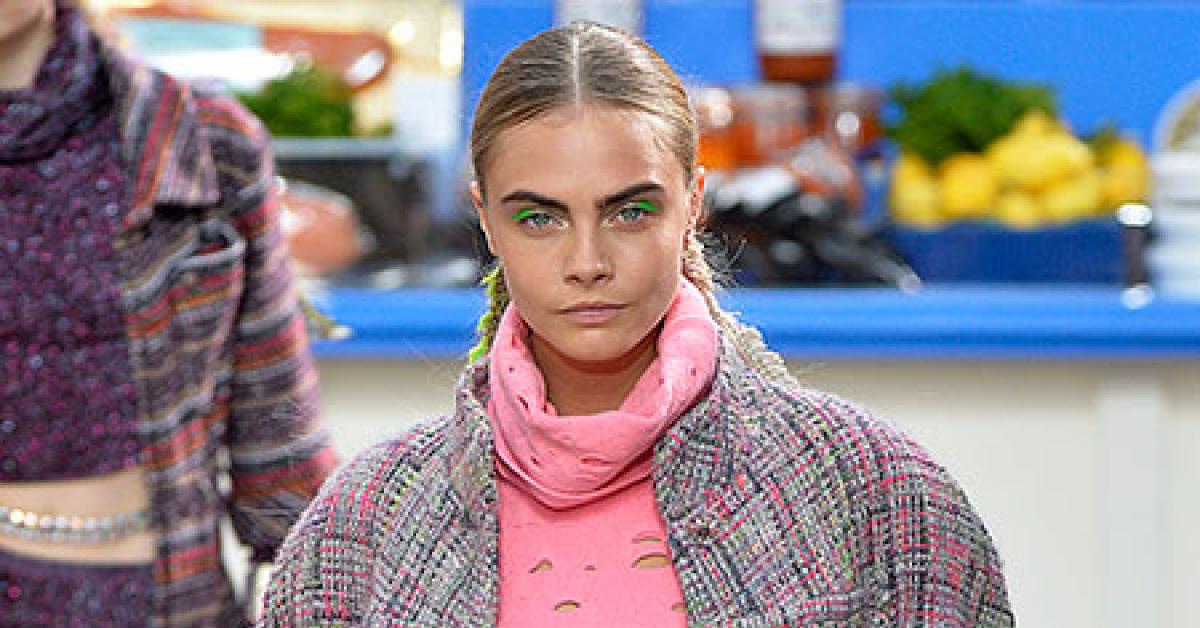CHICAGO — Fall’s runway collections had more than a little of the outrageous this year. Couture labels ordinarily known for their feminine elegance flaunted sporty street styles that recalled ninja warriors and the joys of slumming at the dollar store. Others produced architectural capes and “extreme” turtlenecks to protect against winter’s chill.
Against expectations, designers raised hemlines to “mini” lengths and introduced new layers of boots, leggings and pants for warmth, while showing off sweater sets that go all the way to the floor.
And always toying with shape and texture, they employed everything at their disposal—fur, feather and fabric—to create the looks that wowed the crowds.
The haute couture originals seen on the runways of Milan, Paris and New York may not appear in drycleaning plants anytime soon, of course, but garments that emulate the season’s most outré outings will be arriving shortly.
The following are fashion trends that dry cleaners will likely see in the months ahead, and expert advice on handling them.
STREETWEAR
A consumerist, fast-fashion aesthetic with an undertone of apocalypse, this year’s streetwear is ready for anything the urban jungle can dish out. Brightly colored, form-fitting and sporty outfits feature mix-and-match patterns, loud prints, big logos and provocative sayings—perfect for standing out on the subway or standing in line at the Megamart.
“Bright colors send up a flag that there is a dye process that may have some problems in cleaning,” says Jim Kirby, chief garment analyst at DLI’s International Textile Analysis Laboratory (ITAL).
Operators should be sure that their solvent is moisture-free, and avoid the use of heat, says Alan Spielvogel, garment analyst at the National Cleaners Association (NCA). “Dyes have a tendency to migrate from the darker portions of a garment to the lighter portions.”
Vibrant colors often get their pop from fluorescent brighteners, he adds, which solvents can strip from the fabric, dulling colors.
In-your-face logos and imprints are often pigment dyes or stencils that bind to the fabric with an adhesive that also may prove soluble to the drycleaning process.
“Double-check the care label, and test for colorfastness,” says Chris Allsbrooks, director of store operations for ZIPS Cleaners and a former DLI analyst, and be prepared to go against care-label instructions when necessary.
“A lot of these garments are labeled incorrectly,” Kirby says. “They may be better off in a wetcleaning process.”
SWINGING ’60S
Mad Men ingénue Peggy Olson would feel right at home on this year’s runways, where designers set the time machine to “Mod” with miniskirts, thigh-high boots and shift dresses emphasizing op-art patterns and retro-futuristic accents such as mohair and vinyl.
“Nancy Sinatra is back in town,” Spielvogel quips.
Cleaners should protect against dye migration on geometric prints by pre-testing with the solvent of choice, he says, control reclamation temperatures, and be wary of the extended drying times many alternative solvents require.
“Op-art patterns are usually surface designs,” Kirby notes. “They are held to the fabric with a binder, and dry cleaning may not be the desired method” since it can quickly strip the binders from the fabric.
Shiny and see-through accent materials such as vinyl, polyurethane and polyvinyl chloride (PVC) should never be processed in dry cleaning, the experts add.
“A lot of times, these materials have softening agents to keep them pliable,” Kirby says, “but they can crinkle, blister or peel off in solvent.”
Again, using a water process may be a better option, Allsbrooks says. “Vinyl washes beautifully—but if you dry-clean it, it will come out rock-hard.”
Check back Thursday for the conclusion!
Have a question or comment? E-mail our editor Dave Davis at [email protected].



